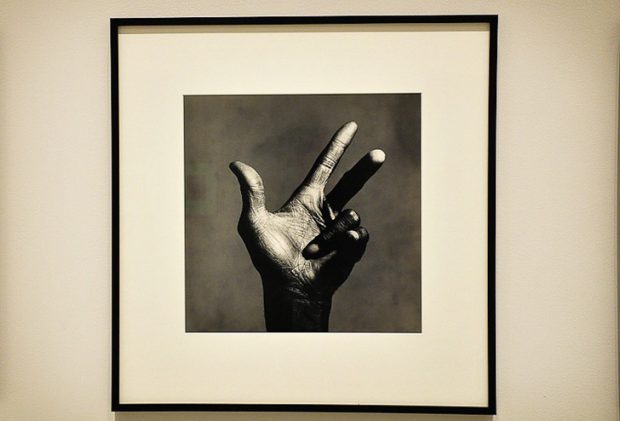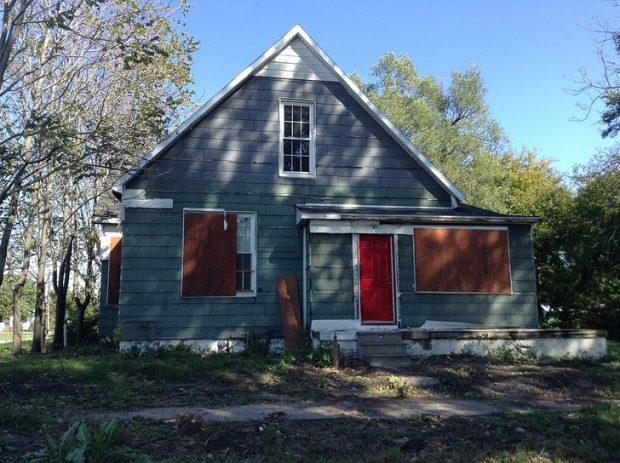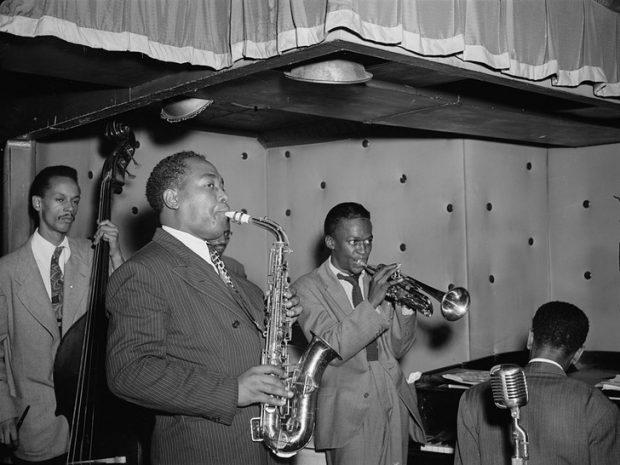
There is one joke about Miles Davis. It is said that at a reception at the American White House, President Ronald Reagan’s wife Nancy asked Davis what he had done in life. “I’ve changed the music five or six times,” he replied. “What have you done besides [making love] to the president?”
Miles Davis was born on May 26, 1926, in the town of Alton, Illinois, which stands on the banks of the great North American Mississippi River, a couple of tens of kilometers from St. Louis.
The Davis family was quite prosperous by African American standards at the time, even owning a farm. But with the onset of the Great Depression, their situation worsened somewhat, and Davis was forced to move to St. Louis.
See also Top 9 Most Beautiful Long Island Beaches
The father of the future musician was a dentist with several university degrees and was a member of several political and public organizations. Miles’s mother was a music teacher – as a violinist, she wanted her son to play the violin too, but at an early age, she was more attracted to brass.
At the age of 11, he received the first trumpet as a gift and soon began to study this instrument with a prominent music teacher of the area, Elwood Buchanan, who was a patient and friend of Davis’s father. It is noteworthy that Miles was too young to enroll in the Buchanan School of Music, so he received private lessons, and the teacher became his main teacher and mentor.

The house in East St. Louis where Miles Davis lived with his parents and brother and sister from 1927 to 1944.
At the age of 15, Davis became a member of the marching ensemble, and at seventeen he began to play in his first jazz band, and also began to write music and make arrangements. If it had not been for his mother’s demand to finish school, he probably would have gone on tour in America with a jazz ensemble passing through the city in 1943, but his mother’s authority prevailed, and he finished his studies.
And six months later, he was already replacing the sick trumpeter in the Billy Eckstein ensemble, in which, among other things, the future titans of jazz played: drummer Art Blakey, trumpet player Dizzy Gillespie, and saxophonist Charlie Parker. Those two weeks convinced Davis that he needed to go to New York because there is real life.
See also Statue of Liberty: Get to Know Everything from a Different Angle
It was not easy to just pick up and go to New York from St. Louis, and Miles Davis heeded his father’s advice, asking his son to enter the New York Institute of Musical Arts. Davis entered college without any problems but did not feel much enthusiasm for his studies, often missing classes, although he attended, among other things, piano and music theory classes.

1947, New York, Three Deuces club on 52nd – the main jazz street in the United States in the 1930-the 50s. Onstage, an ensemble consisting of (from left to right): Tommy Potter, Charlie Parker, Max Roach (barely visible from over Parker’s shoulder), Miles Davis, and Duke Jordan (removed from the back).
In addition, according to his recollections, studying at the university was too “European-oriented” and “white”, and the music … “In Juilliard, I played in a symphony, two notes, bop-bop, every 90 that moment he prayed: “Let me out of here!” And in the end, he dropped out of school, ”he recalled.
The first recording of Miles Davis took place around the same time, in 1945 – he played in an ensemble accompanied by jazz vocalist Rubberlegs Williams, and three years later Davis already had his own ensemble – Miles Davis Nonet, which included the same Charlie Parker.
READ: Undercover Independence: UAE Women
But Davis released his first own recording only in 1951, and not as part of a nonet (the result of several recording sessions of the ensemble will be released only in 1957 under the title Birth of the Cool). The first album was called The New Sounds – there are only four numbers on this disc with a total length of fewer than 24 minutes.
This was the beginning of a 40-year discography featuring several monumental works that have influenced several generations of musicians, including the best-selling jazz album in history, Kind of Blue, recorded over two spring days in 1959 and released on ten and eleven. years later, respectively, the epoch-making In a Silent Way and Bitches Brew, and about a hundred more studio and live albums, not counting compilations and bootlegs.
Like us on Facebook for more stories like this: